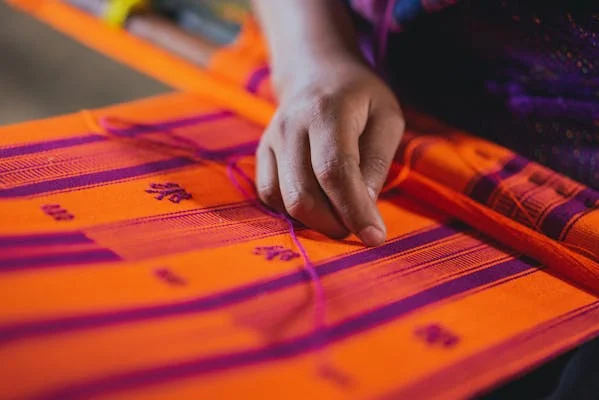Tissariss is a term that embodies a blend of tradition, creativity, and functionality, thriving across industries like fashion, technology, and design. This article explores the history, characteristics, applications, and future of Tissariss, shedding light on its evolving role in modern culture.
What Is Tissariss?
Tissariss has multiple interpretations depending on the context. Historically, it refers to an intricate fabric used in ceremonial attire, home decor, and traditional crafts. In modern contexts, Tissariss symbolizes innovation, particularly in product design, digital art, and marketing. Its essence lies in harmonizing aesthetics with practicality.
History of Tissariss
Tissariss has ancient roots, often associated with high-ranking individuals due to its luxurious nature. Historically, it was used in royal garments, religious ceremonies, and cultural events. This heritage highlights its importance as both a symbol of status and an artistic medium. In modern times, Tissariss has transitioned into a luxury fabric for fashion and home decor, maintaining its reputation for elegance and exclusivity.
Applications of Tissariss
1. Fashion and Design
- High-end brands use Tissariss for its aesthetic appeal and durability.
- Popular in creating wedding attire, ceremonial garments, and couture collections.
2. Home Decor
- Found in upholstery, drapes, and tapestries, Tissariss adds a touch of sophistication to interiors.
3. Digital Art and Technology
- Utilized in virtual reality (VR) and augmented reality (AR) projects.
- Enhances user experience through seamless design elements.
4. Marketing and Branding
- Leverages Tissariss’s principles of creativity to develop unique campaigns.
- Helps brands establish a strong emotional connection with consumers.
Unique Characteristics of Tissariss
| Feature | Description |
|---|---|
| Durability | Soft yet robust, suitable for everyday and ceremonial use. |
| Craftsmanship | Typically handmade, showcasing intricate patterns. |
| Exclusivity | Rare due to its labor-intensive production process. |
| Sustainability | Often uses eco-friendly materials and traditional methods. |
Challenges in the Tissariss Industry
- Skill Preservation: Fewer artisans are continuing traditional practices.
- Cost of Production: Handmade techniques and premium materials increase expenses.
- Market Competition: Mass-produced fabrics threaten Tissariss’s value.
How to Identify Authentic Tissariss
- Material Quality: Genuine Tissaris uses high-grade wool, silk, or cotton.
- Handcrafted Design: Look for minor irregularities in patterns, a sign of craftsmanship.
- Natural Dye Usage: Authentic Tissaris features vibrant, non-fading colors.
Why Tissariss Matters Today
Tissaris represents more than a fabric or design principle. It’s a cultural and artistic phenomenon, connecting the past with the present. Its applications in art, design, and technology show its adaptability, making it relevant across generations.
Conclusion
Tissaris continues to inspire and innovate, blending tradition with modernity in unexpected ways. Its value lies in its versatility and cultural significance, making it a unique asset for creators and consumers alike. How will you incorporate Tissariss into your creative journey.
FAQs About Tissariss
1. What is Tissariss?
Tissaris is a fabric known for its historical significance and modern-day uses in luxury fashion, home decor, and design.
2. How is Tissariss Made?
Tissaris is made through intricate handweaving techniques, often involving high-quality materials such as silk, cotton, or wool. The production process can be time-consuming, with some pieces requiring weeks or months of meticulous craftsmanship.
3. Why is Tissariss So Expensive?
The high cost of Tissaris is attributed to the labor-intensive production process, the use of premium raw materials, and its rarity.
4. Where is Tissariss Produced?
These regions have maintained the tradition of creating Tissaris for generations
5. What Are the Common Uses of Tissariss Today?
Tissaris is widely used in the fashion industry for high-end garments and collections.
6. How Can I Identify Authentic Tissariss?
To identify authentic Tissaris check for its handcrafted design, unique texture, and use of natural dyes. Authentic pieces typically feature intricate, handwoven patterns and may show slight irregularities, a hallmark of handcrafted textiles.





